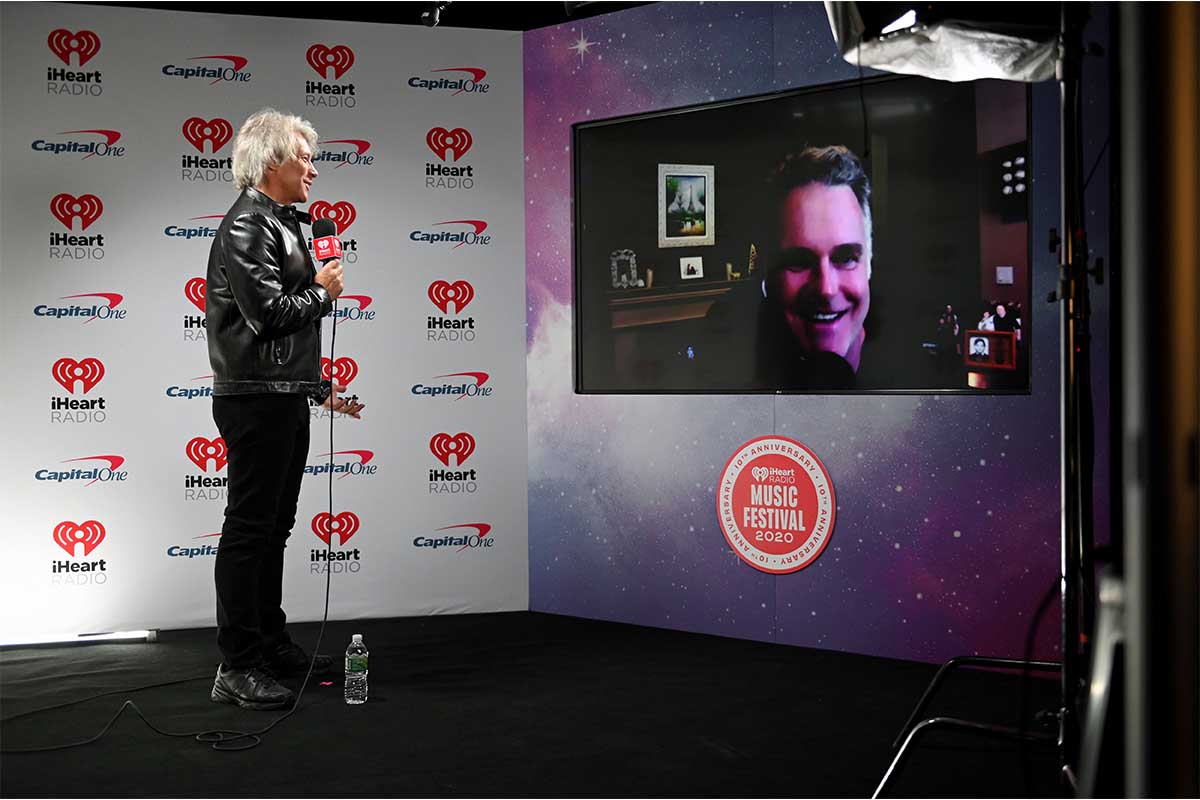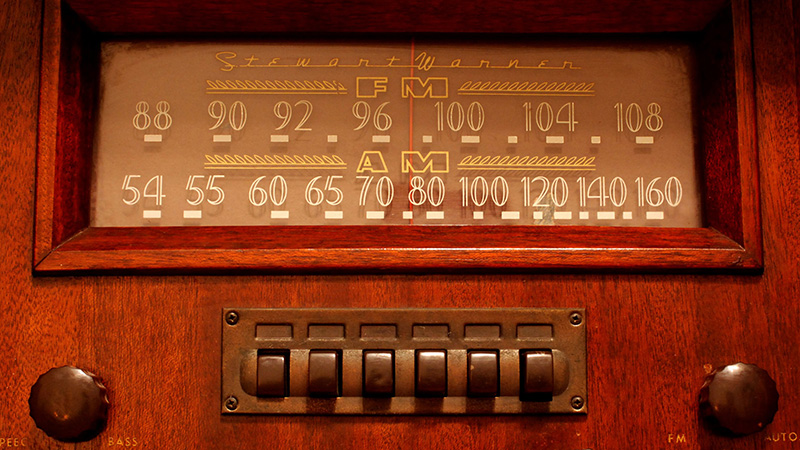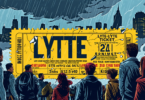Four industry veterans weigh in on how they’d “fix” a medium that remains popular but lacks innovation
The first broadcast from a commercial radio station took place on November 2nd, 1920. Here’s how I imagine listeners responded to the debut of KDKA-AM in Pittsburgh:
Nov. 2: This is amazing! I can hear someone from hundreds of miles away talking through this device! The world will never be the same!
Nov. 3: They’re playing “Wang Wang Blues” again already?
The joke here is twofold: First, there’s a popular song called “Wang Wang Blues” from 1920. And second, by day two, KDKA had already developed the repetitive play-the-hits format that would become one of its hallmarks for the following century.
The first commercial broadcast actually related to the election — it was the idea of a radio manufacturer, Westinghouse, to offer up programming to go along with their newfangled tech (a century later, Apple and Sonos thought exactly the same thing). The first commercial broadcast featured updated results of the Harding-Cox presidential race “before [people] read about it in the newspaper,” as this PBS retrospective notes.
One hundred years later, commercial radio still holds a place in American daily life. The average American still listens to about 106 minutes of radio per day (with the coronavirus and its attendant lockdowns projected to increase that number), and there are more than 15,000 stations in this country alone.
We’re certainly listening to radio differently: according to Statista, 57% of Americans do so online, whether by streaming, downloads, satellite or digital radio. If you asked me how I listen to radio, I’d offer up services like Apple Music 1, Sonos Radio and Dash Radio; podcast downloads from ESPN Radio; online streaming of overseas entities like BBC 1 and Triple J or any occasional college station like WSOU; NPR stations for news and commentary (and music if it’s KCRW); and for new music, a DJ-free experience via Spotify’s New Release Radar playlist. In other words, while audio-only, passive-listening medium has survived and thrived for a century, which is astounding and worthy of celebration, the need for traditional, turn-the-dial “commercial” radio is decidedly on the wane.
Surviving 100 years is incredible. But I do wonder if it’ll make it through another 10, let alone 100. To get some outside perspective, I asked four people — two long-time DJs, a younger musician and a veteran music industry reporter — for their thoughts on commercial radio, both as it stands today and where it’s going.
Their thoughts, in their own words (with small edits for space and clarity), below.
Steve Matela
Radio DJ, 1971-1994
Favorite current station: WTOP, Washington, DC
Radio is still popular; in fact, the most popular medium — 90% of the population uses radio everyday. And a younger audience, 18-34, leads the way. There are many reasons it survives. It’s portable: you can take and listen anywhere. It’s free. It’s adaptable to changes in technology. And it’s driven and made successful by personalities.
But it’s always been a paranoid industry. When FM was introduced in the late ‘40s, AM feared the influx of “new” stations and the competition, so for years they fought it and made it difficult; it took until the 60s and 70s for FM to become a force.
Ownership rules changed in the 90s. An owner could own as many stations as they wanted, even multiple stations in a single market. So you’ll have iHeart owning 850 stations. That alone causes individual and small-market owners a great deal of distress; how do you compete with group owners who have a bottomless bucket of promotional money and take their best talent and syndicate them on their stations in other markets?
For a “mom and pop” station to flourish, they have to be completely local and become the information center for the community.
Right now if I was a local radio station owner, I’d want to do music stations around listener-provided song lists. I’d also hire a social-media editor to fill Facebook, TikTok and Instagram with stuff like that guy skateboarding and singing the Fleetwood Mac song, and have listeners do videos of crazy things they do to take advantage of social media and get their name and image out there. These are definitely things that were not available to broadcasters as little as 5-10 years ago.

Stacy Harris
Publisher/editor of Stacy’s Music Row Report, formerly ABC Radio News, WPLN and WLAC
Favorite current station: WSM, Nashville
The chief strength of commercial radio in 2020 is that it’s free. Further, nothing can replace the thrill of a memory of being able to tune in a truly “clear channel” station on nights when the weather and accompanying static didn’t interfere. Finally, you can’t beat local programming and the relationships (albeit “false intimacy” perhaps) of the relationships it builds.
It’s also, hands down, the most immediate and best-source of breaking local news … actually all things local. It is essential, particularly in rural areas. Commercial radio is also the last bastion of local “personality radio.”
The industry’s biggest concern is the homogenization and large corporate interference that results from large corporate ownership. Smaller stations create identity and independence by establishing niche programming and creating the ratings that follow from thinking outside the box.
The industry will still be here in 10 years, primarily because it’s free. There will be more news and informational programming, less music and a development of programming that will attract younger listeners — perhaps something akin to Sesame Street or a child-centered soap opera in response to what would otherwise be a shrinking available older demo.
Mike Morin
Host of “Morin in the Morning”
Favorite station: “Just scan the AM dial”
On Jan. 2, I will mark 50 years in radio broadcasting, or exactly half that of the medium itself. Radio continues to succeed because it has a multi-generational heritage, its ease of use and its ability to super serve on local issues to a community.
While corporate-programmed stations offer vanilla, small local stations can use their full palate to address what is happening in a community of diverse interests. Scan the AM dial in most markets and you will find a station locked into the community, supported by ad dollars from businesses that benefit from a station that features programming their customers care about.
Terrestrial radio controls its destiny. It should find ways to use their voices and exploit other platforms with their branding. And of course, don’t abandon the local aspect. As radio demographics age, be ever aware of younger listeners. They are the ones who were exposed to radio’s relevance as their moms drove them to school. Give them comfort from their past with content they care about now as young adults.
Andre Yaniv
Singer-songwriter and producer from Los Angeles
Favorite station: 102.7 KIIS FM, Los Angeles
I think most people listen to the radio in their cars and, luckily, find great new music in the process. Most car setups make it easy to just click a knob and start listening to alternative news. It’s a nice routine breaker which requires no internet connection.
But technology could see radio outshined by a digital counterpart. You can get free internet radio in newer cars, for example. I think there needs to be a great alternative to the larger stations. If radio adapts and modernizes, there’s a great chance for independent stations to bring value. Supporting local up-andcoming artists would bring a lot of support from niche fan-bases and bring a sense of community to the people supporting.
Ten years from now, radio is going to be completely transformed. It will become more digitized and customizable to the needs of every single one of us.
Source: By Kirk Miller







